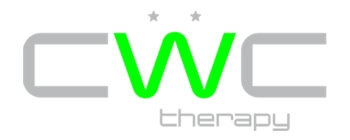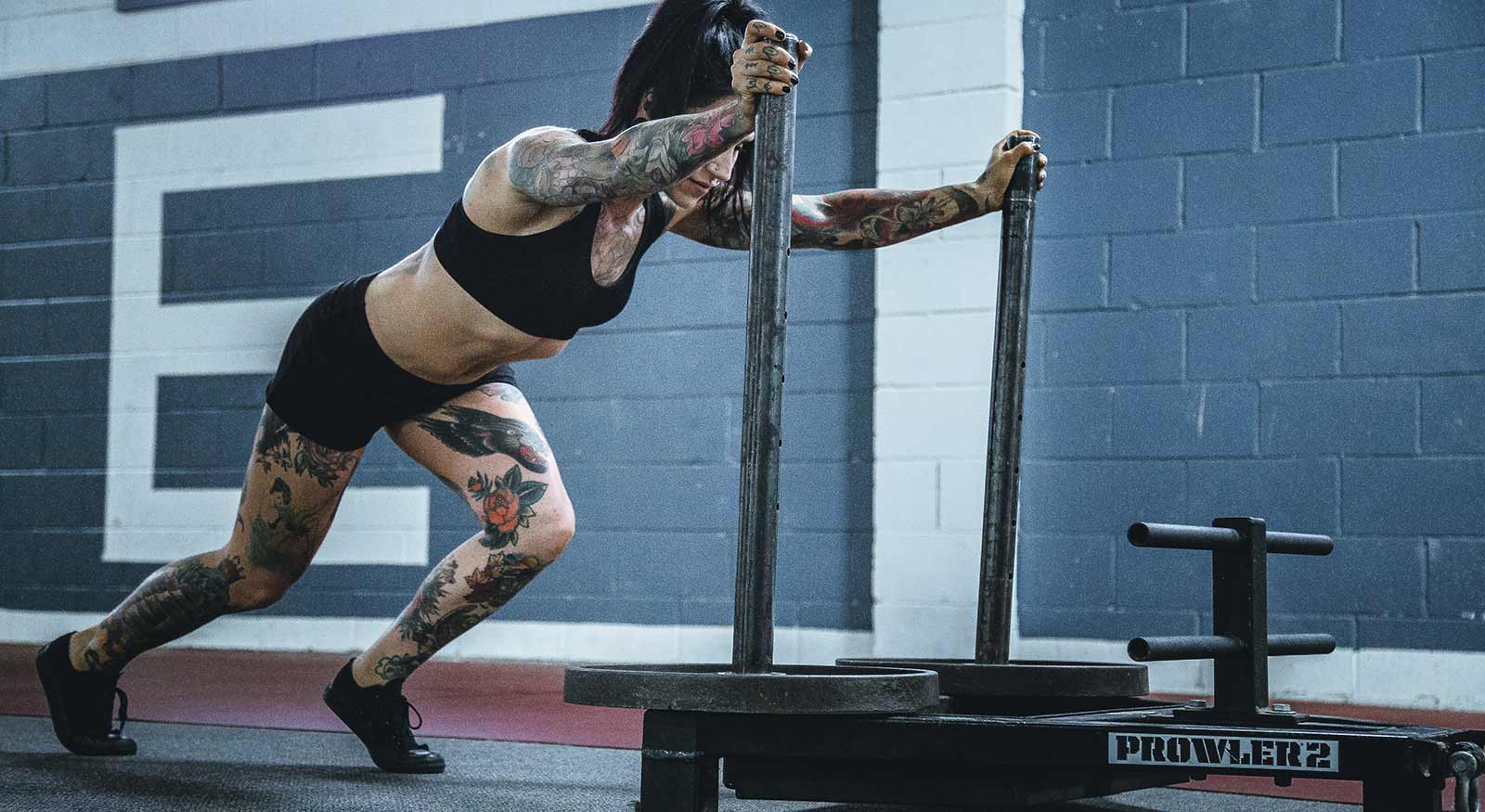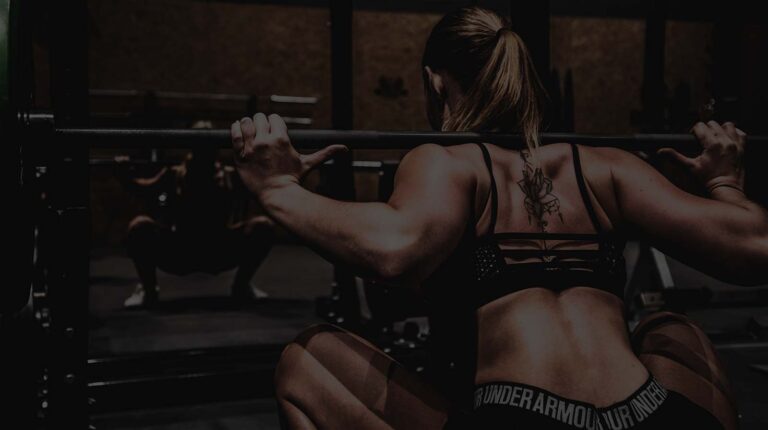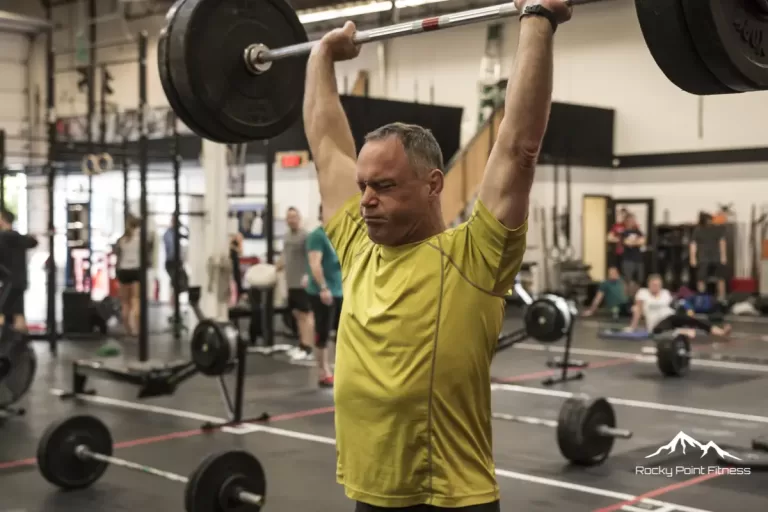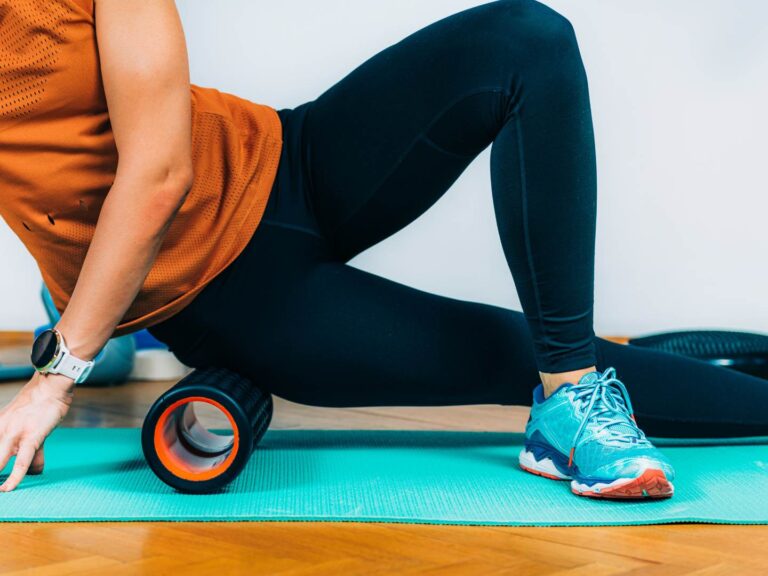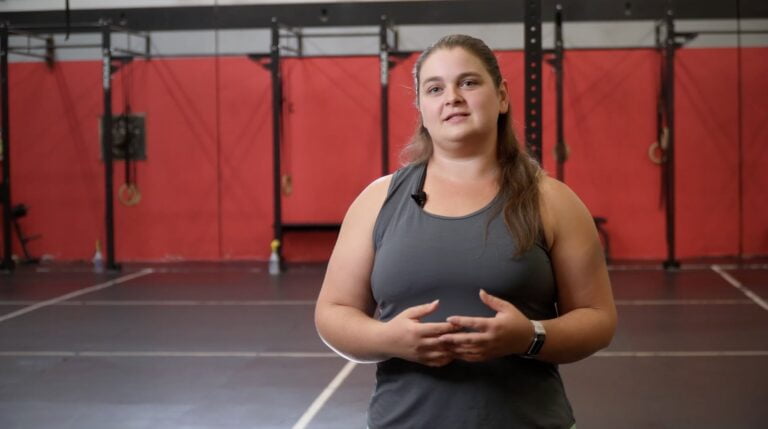Movement Really is the Best Medicine
Experiencing pain? Don’t worry, you’re not alone! At some point in our lives, most of us will experience some kind of pain in the body. In fact, up to 80% of people will suffer from some form of back pain in their lives. And let’s not forget knee pain, shoulder pain, or acute injuries such as a sprained ankle. This often inevitably leads us to seeking out a health professional such as a physiotherapist, chiropractor, or massage therapist to help guide us through the recovery process. Every clinic and practitioner tends to vary in their approach to injury management but at the Coquitlam Wellness Centre we ensure your personalized treatment plan includes both active and passive care. Why? There’s strong evidence to support that movement is one of the most effective treatment strategies for many body ailments.
Have you ever heard the term “Movement is Medicine” or “Motion is Lotion”? These phrases are often used in the Orthopedics and Physical Medicine fields to promote movement as soon as possible after most injuries or surgery. The motion of joints after an injury or surgery helps to prevent a “stiffening” of the injured area, improve range of motion and aids to improve healing time. This type of therapy falls under the category of “Active Care” and is an essential part of the therapy journey.
Before moving forward, let’s take a deeper dive into understanding active vs passive care.
Active Vs. Passive Care:
Passive care requires the patient to be a passive recipient of the treatment. This would include things such as ultrasound, needling (acupuncture) or manual soft tissue therapy like massage.
Active care requires the active participation of the patient in their rehabilitation. This would include commitment to their therapy program, mindfulness, exercise, and movement based rehabilitation.
Both passive and active care play an important role in the recovery process but more and more research is emerging in favour of active care. The benefits of movement are far beyond the scope of this blog post but let’s look at a few areas in terms of rehabilitation:
Arthritis: A Body in Motion Stays in Motion – its important to keep the joints moving even with arthritis because it keeps the joint fluid lubricating the joint just as oil would lubricate an engine and keep it running smoothly.
Chronic pain: Movement helps chronic pain in many different ways. It helps to lower our nervous system’s sensitivity to pain as well as increases endorphin production which acts as the body’s natural pain killer. It’s also a great mood booster!
Low back pain: Most back pain feels better with movement as it keeps the soft tissues loose, nerve sensitivity in check and activates our core and glutes which helps to support the spine.
Whiplash associated disorders: Movement helps to ensure that important postural muscles are activating to support the neck after whiplash.
So What Exactly is Active Rehabilitation?
Put simply, active rehabilitation involves movement. Yes, movement. We know that getting active may seem like a daunting task, especially when you’re experiencing pain. Again, you’re not alone. It’s our brain’s natural tendency to try to protect the body. Wanting to ‘rest and protect’ until the pain has subsided or improved, especially in the acute stage of injury.
And when we talk about active rehab, we by no means want you to go out and run a marathon or go to the gym and lift heavy weights. In fact, studies have shown that movements as small as fidgeting and walking can be effective in the healing process.
Active rehabilitation can also include light aerobic exercise such as biking or swimming as well as effective guided exercise with a therapist or personal trainer who has experience with your area of concern.
The ultimate goal is to keep the body moving in a manner that is tolerable and safe.
The CWC Difference:
At CWC Sport Therapy we are focussed on finding the right combination of passive interventions and active rehab for each individual patient that walks through our door. We have efficiently and effectively reduced pain and improved function for thousands of patients with this combination.
We ensure each treatment plan starts with listening and discovery of your unique needs. After a detailed assessment, our therapists will often recommend our evidence-based, “hands-on” passive therapy in hopes of decreasing your pain sensitivity. We’ll combine massage, soft tissue release, and dry needling, to stimulate your tissues for repair. Finally, now that your body is set up for improved movement, we’ll set your body in motion with our active rehab protocols. Your therapist will use a combination of static holds, isolated movements, and basic functional patterns like walking, squatting, bending, pushing, and pulling.
There are only a handful of situations that would require complete rest for a certain period of time such as fractures and concussions.
So the next time you wake up with some low back pain and your mind is telling you “just stay in bed, I know bedrest will help”, try some of these tips until you’re able to see your health professional:
- Slow walking outdoors for 10 minutes: unless you have sustained a fall and are concerned that your pain might be more than a muscle or joint strain/sprain, try getting up out of bed and going for a short walk to get moving. Try to walk at a moderate pace, as walking slowly can sometimes aggravate pain. Do this 2-3 times per day or as needed for pain relief.
- Light stretching in a pain free range of motion: many of us intuitively know how to stretch ourselves into the right position that reduces our pain. Hold this stretch for 30-45 seconds 3-4 times per day
- Immerse yourself in water! This is a great way to reduce some gravity on the back, as well as the water acts as light compression and aids in blood flow in the body.
